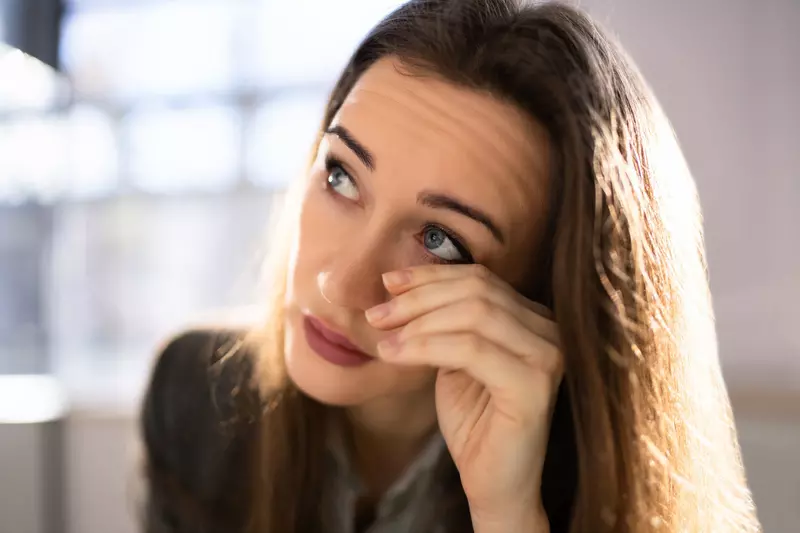- AdventHealth

Choose the health content that’s right for you, and get it delivered right in your inbox.
Eye health is important to your whole health, so we’re going to take an up-close look at styes, the painful red bumps that can form on the edges of your eyelids. Let’s explore the causes and symptoms of styes in your eyes, along with effective treatment methods.
What is a Stye?
Resembling a pimple, a stye forms when a tiny oil gland near your eyelashes becomes blocked and infected. Styes are quite common, and in many cases, you can manage them at home. But some cases may require treatment by an eye care provider.
It’s common to have a stye on just one eyelid, but it’s possible to get styes on both lids. They usually run their course on their own with home treatments within 1 to 2 weeks. Be sure to see an eye doctor if they don’t go away in that time frame.
What Causes a Stye?
A bacterial infection in your eyelid’s oil-producing glands causes most styes. The oil-producing glands line the eyelids and help lubricate the surface of your eye.
Eyelash health can also determine whether you’re prone to developing styes. Your lashes and brows help protect your eyes from bacteria entering. So, when they’re not healthy, your eyes are more at risk. Eyelash problems can lead to chronic inflammation, or blepharitis, clogged oil glands, and indeed the infected glands that are styes.
Styes are not typically contagious, but the bacteria can be spread from contact. Be sure to wash your hands, sheets and pillows that have come into contact with a stye.
Types of Styes
There are two kinds of styes:
External styes: External styes are the more common type and form on the outer part of either your upper or lower eyelid. An infection in your eyelash follicle usually causes them.
Internal styes: Internal styes form on either of your inner eyelids. An infection in the inner eyelid gland that produces oils that help keep your eyelid moist causes internal styes.
What Are Stye Symptoms?
The main symptom of a stye is a painful red bump along your eyelid edge near your eyelashes.
Other stye symptoms can include:
- Crusting along your eyelid
- Eye discharge
- Eyelid swelling
- Itchy, sore eye
- Light sensitivity
- Scratchy feeling or a feeling that there’s something in your eye
- Tears in your eye
How Do You Treat a Stye?
While styes usually resolve on their own, to feel better faster and reduce pain and swelling, you can self-treat your stye with some effective home remedies.
Warm compresses: Apply a warm washcloth to your eyelid for 10 to 15 minutes at a time, 3 to 5 times a day. Rewarm the washcloth by soaking it in warm water, wring and repeat.
Green tea: Tea has many health benefits, including antibacterial properties and a natural antioxidant that researchers believe can break down and kill the cell wall of bacteria. Using green bags moistened in warm water as eye compresses can help relieve your discomfort and possibly quicken healing.
Clean your eyelids: Gently wipe away any eye discharge with a mild soapy solution made from half baby shampoo and half water. You can also use eyelid wipes available in most convenience stores.
Our Whole Health Vision Includes Your Eyes
From watching your children grow to seeing the perfect sunset, sight is something you might take for granted — until there’s a problem. We want you to keep seeing the little miracles in your life for as long as possible, so we provide state-of-the-art eye care for people of all ages.
From diagnosis treatment, you can count on our ophthalmologists (eye doctors) and pediatric ophthalmologists for the highest level of care for your vision. Learn more here.


